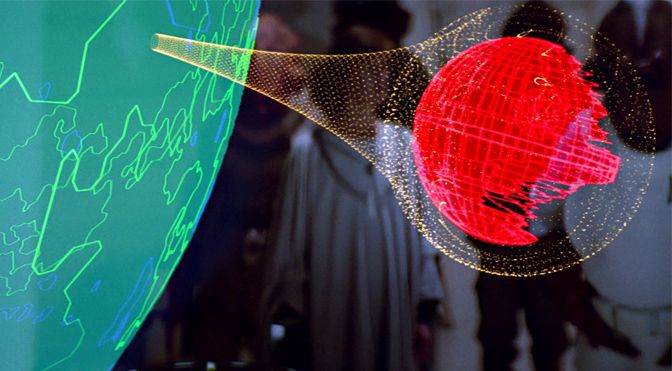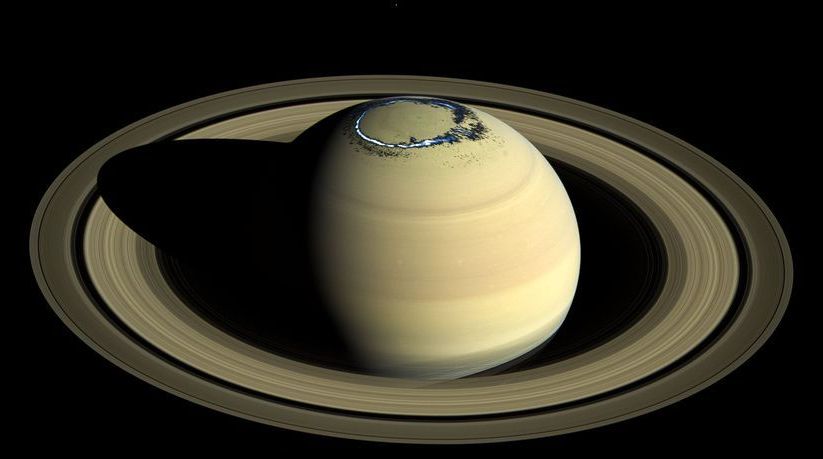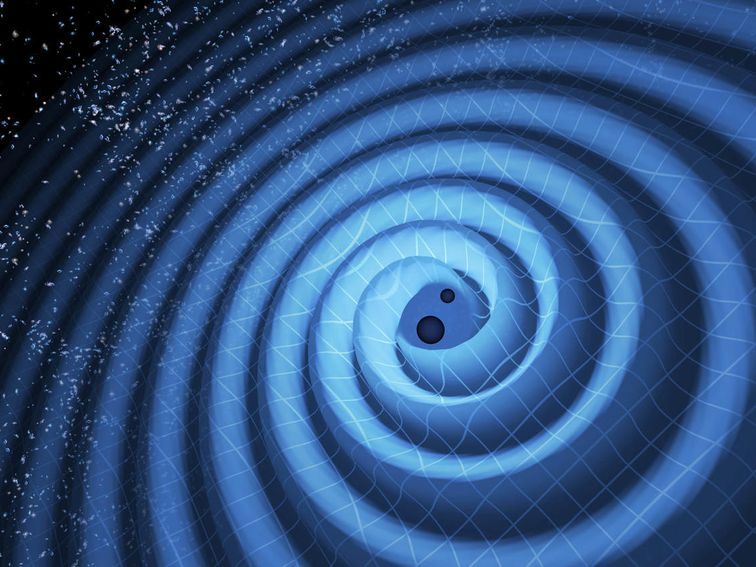Jan 23, 2020
NeoHuman Podcast: Evolutionary Cybernetics, Computational Physics and Consciousness Discussed
Posted by Brent Ellman in categories: augmented reality, cosmology, existential risks, physics, robotics/AI, transhumanism, virtual reality
Evolutionary cyberneticist and digital philosopher Alex M. Vikoulov, author of The Syntellect Hypothesis, is interviewed by Agah Bahari, host and producer of NeoHuman podcast.
On this recent podcast, Alex Vikoulov, author of The Syntellect Hypothesis, is interviewed by NeoHuman podcaster Agah Bahari. Topics include evolutionary cybernetics, computational physics, consciousness, the simulation theory, the transcension hypothesis, the Global mind, AGI, VR, AR, psychedelics, technological singularities, transhumanism, Fermi Paradox, Digital Physics, objective reality, philosophy of mind, the extended mind hypothesis, absolute idealism, physics of time, the Omega Point cosmology, mind-uploading, synthetic telepathy, and more.
Watch a short intro here ↴.















